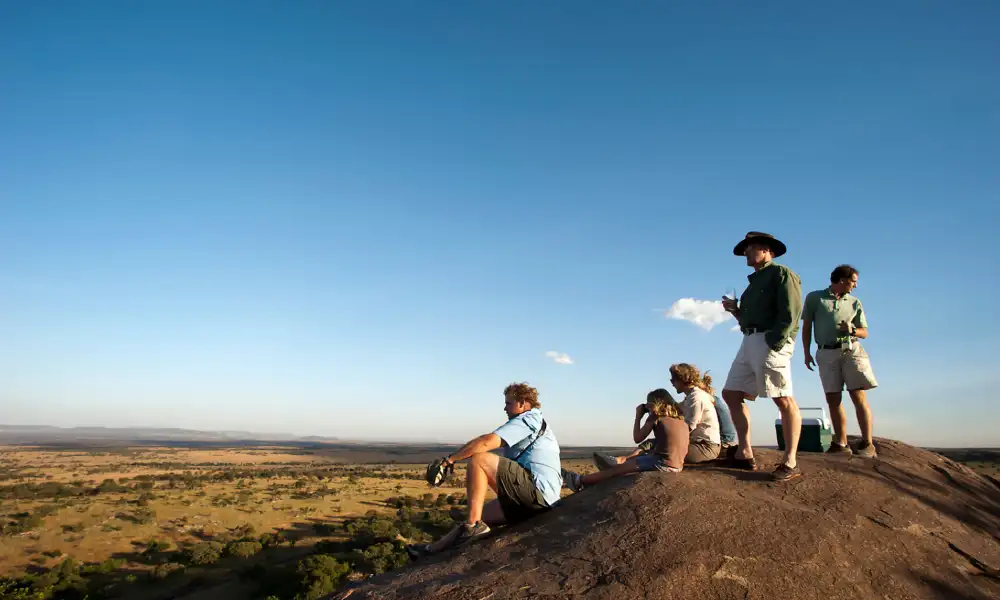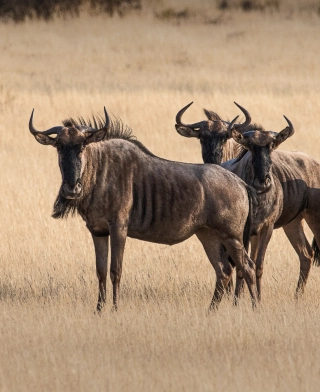Kilimanjaro National Park
- Home
- Kilimanjaro National Park
Overview:
Kilimanjaro National Park, in Tanzania, is a UNESCO World Heritage Site and a mountaineer's dream. The park is dominated by Africa's highest peak, Mount Kilimanjaro, standing at an impressive 5,895 meters (19,341 feet) above sea level. It's a place of superlatives and a testament to the Earth's geological wonders. The park is famous for its six distinct ecological zones, which include rainforests, moorlands, alpine deserts, and glacial ice fields. Each zone provides a unique experience for trekkers, and ascending Kilimanjaro is a journey through vastly different landscapes.
Best Time to Visit:
The Best Time to Climb Mount Kilimanjaro is during the dry seasons, which typically occur from late June to October and from December to March. These periods offer clear skies, lower precipitation, and milder temperatures, providing optimal conditions for trekking. The dry seasons coincide with both the summer and winter solstices, making them popular choices for climbers.


Highlights:
- Mount Kilimanjaro: The park's centrepiece is the towering Mount Kilimanjaro, standing at 5,895 meters (19,341 feet). It comprises three volcanic cones – Kibo, Mawenzi, and Shira. Kibo's Uhuru Peak is the highest point, and reaching its summit is a defining achievement for climbers.
- Diverse Ecological Zones: Kilimanjaro National Park boasts five distinct ecological zones, each characterized by unique flora and fauna. The zones include cultivated land, rainforest, heath, moorland, and alpine desert. Climbers witness dramatic changes in vegetation as they ascend the mountain.
- Lemosho Glades: This route is known for its scenic beauty, starting at the western side of the mountain and traversing through the rainforest. Lemosho offers a more gradual ascent, allowing trekkers to acclimatize effectively.
- Shira Plateau: Providing expansive views of the mountain, Shira Plateau is a high-altitude desert with surreal landscapes. Trekkers often camp here as part of their ascent.
What to See:
- Colobus Monkeys: Kilimanjaro National Park is home to populations of black-and-white colobus monkeys, which can often be seen swinging through the trees in the montane forests that blanket the lower slopes of the mountain.
- Elephants: While not as abundant as in other Tanzanian parks, elephants occasionally roam the lower slopes of Kilimanjaro, particularly in the Amboseli ecosystem on the mountain's southern side.
- Buffaloes: Cape buffaloes are known to inhabit the montane forests and moorland zones of Kilimanjaro, although sightings are less common compared to other wildlife species.
- Antelopes: Various antelope species, including elands, bushbucks, and duikers, can be found in the lower altitude zones of Kilimanjaro, particularly in the forested areas.
- Birdlife: Kilimanjaro National Park is a haven for birdwatchers, with over 250 bird species recorded within its borders. Highlights include the colourful Hartlaub's turaco, the elusive mountain wagtail, and the impressive lammergeier.
Facts :
- UNESCO World Heritage Site: Designated in 1987 for its natural significance.
- Volcanic Origin: Kilimanjaro is a dormant volcano with three cones.
- Climate Zones: The park encompasses five distinct climatic zones.
- Trekking Routes: Multiple routes to the summit, each offering unique experiences.
- Tanzania's Tourism Gem: Attracts thousands of trekkers and nature enthusiasts annually.
Kilimanjaro National Park is not only a challenge for climbers but also a chance to witness the breathtaking beauty of diverse ecosystems and the thrill of standing on the "Roof of Africa." Whether you're a seasoned mountaineer or seeking your first high-altitude adventure, Kilimanjaro offers an unforgettable journey.




























